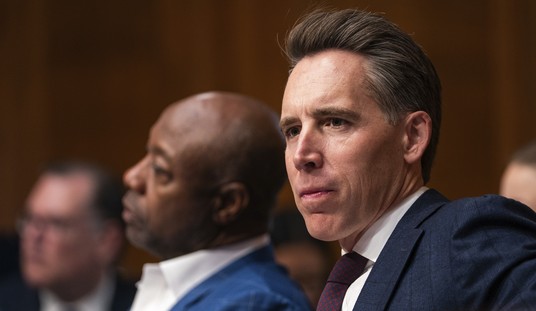Violence against Native American and Alaska Native women extends far beyond reservations into urban areas, but it’s difficult to even track cases of missing and murdered indigenous women in the U.S., a new study found.
Murder is the third-leading cause of death for American Indian and Alaska Native women on reservations with a domestic violence rate estimated to be 10 times the national average, the Centers for Disease Control and Prevention has reported. The was a dearth of research, though, on Native populations in urban areas as 71 percent of indigenous Americans now live off reservations.
An Urban Indian Health Institute study uncovered the difficulty of obtaining these crime stats as they mined departments in 71 cities in 29 states for data on Native crime victims, running into “institutional practices that allow them to disappear not once, but three times — in life, in the media, and in the data.”
“Reasons for the lack of quality data include underreporting, racial misclassifcation, poor relationships between law enforcement and American Indian and Alaska Native communities, poor record-keeping protocols, institutional racism in the media, and a lack of substantive relationships between journalists and American Indian and Alaska Native communities,” said the report.
Researchers uncovered 506 cases of missing and murdered American Indian and Alaska Native women and girls across the 71 selected cities, with two-thirds of the cases tied to domestic and sexual violence. The victims ranged in age from a baby to an 83-year-old elder, with the average victim age 29 years old.
Since the oldest case identified by researchers happened in 1943, but about two-thirds of the cases in the recovered data happened from 2010 to 2018, researchers suggest the actual number of urban Indian missing or murdered women and girls is “much higher.”
“Of the perpetrators UIHI was able to identify, 83% were male and approximately half were non-Native,” the report states. “Thirty-eight of the perpetrators were convicted, while nine were never charged, four were acquitted, one had a mistrial, and one committed suicide. Altogether, 28% of these perpetrators were never found guilty or held accountable. An additional 30 alleged perpetrators have pending charges.”
A representative from Santa Fe police told researchers that their “crime systems are not flexible enough to pick out Native Americans from others in the system… it would be impossible to compile any statistically relevant information for you.”
Several other departments responded to the researchers’ request by providing case info on American Indian victims and Indian-American victims with last names such as Singh.
The report’s authors joined Sens. Lisa Murkowski (R-Alaska), Heidi Heitkamp (D-N.D.), Patty Murray (D-Wash.), Maria Cantwell (D-Wash.), and Jon Tester (D-Mont.) Wednesday on Capitol Hill, where Murkowski stressed that “violence against Native American and Alaska Native women is a dire issue.”
“We cannot fully tackle this problem if we do not have a full picture,” said Murkowski. “Legislators at all levels of government and law enforcement agencies must commit to better tracking the number of missing and murdered indigenous women and girls, and to consulting with tribal nations on the cases involving their members.”
“We have a duty of moral trust toward our nation’s first people and must be part of the solution,” she added. “I intend to see that the full array of federal programs which address violence in our society are brought to bear to address this epidemic. There is much more that we can be doing, and it’s long time that we start.”








Join the conversation as a VIP Member